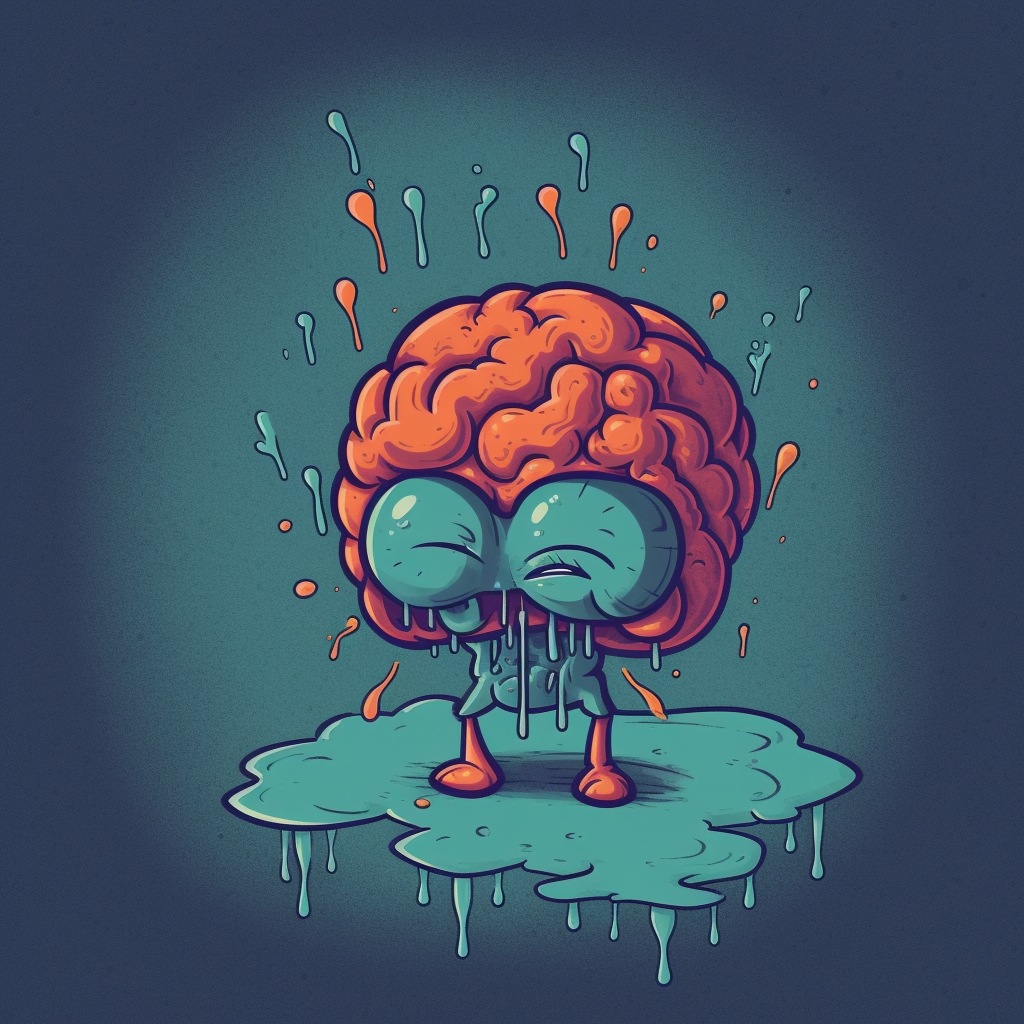
Operant behaviors are actions that operate on the environment or are controllable by an individual. These are set with the two different types of learning within psychology: classical conditioning and operant conditioning. Of course, operant behavior lies within the latter.
Operant behavior is often a voluntary action a subject can or must take. Our bellies rumble when we’re hungry and can smell a sweet delicious peanut butter tuna sandwich nearby. That’s an example of classical conditioning. But the trained action of reaching out to steal someone else’s delicious peanut butter tuna sandwich, an action we’ve learned is always successful in the past, is an operant behavior.
Operant Conditioning’s Roots
Meet B.F. Skinner, the behaviorist who first described operant conditioning. He wasn’t interested in internal thoughts, but in external, observable causes of human behavior. Early 20th-century behaviorists like John B. Watson were all about associative learning, but Skinner wanted to know how consequences of actions influenced behavior.
Enter Edward Thorndike, the psychologist who proposed the “law of effect.” Actions with desirable outcomes are more likely to be repeated, while those with undesirable outcomes are less likely to occur. That’s where Skinner’s operant conditioning comes in: if an action is reinforced (followed by a positive outcome), it’s more likely to happen again.
Imagine cracking a joke in class and everyone laughs. You’re now more likely to tell that joke again. However, if you’re scolded for shouting an answer in class, you might think twice before interrupting next time. Thus, operant conditioning shapes our everyday learned behaviors based on consequences. So, remember not to steal that peanut butter tuna sandwich!
Respondent vs. Operant Behaviors
Skinner discovered two types of behaviors: respondent and operant. Respondent behaviors happen automatically, like jerking your leg after a knee tap, no learning needed. Operant behaviors, however, are under our conscious control, and their consequences influence whether they’ll happen again.
While classical conditioning explained respondent behaviors, Skinner believed operant conditioning was more important for learning. Enter the “Skinner box,” an operant conditioning chamber for small animals like rats or pigeons. With a bar or key inside, the animal could press it for rewards.
And to track responses, Skinner invented a cumulative recorder, plotting responses as an upward-moving line. The slope of the line showed response rates, helping us understand how consequences shape our actions. So, the next time you make a choice, think about the operant behaviors at play!
The Ins and Outs of Reinforcement and Punishment
Operant conditioning has 4 key components: positive reinforcement, negative reinforcement, positive punishment, and negative punishment.
Reinforcement strengthens behavior:
- Positive reinforcement involves adding praise or rewards to increase behavior. A work bonus is an example.
- Negative reinforcement removes an unpleasant condition to strengthen behavior. Giving a child a treat to stop their screaming is an example.
Punishment weakens behavior: 3. Positive punishment presents an unfavorable event to weaken behavior. Spanking is an example.
- Negative punishment removes a favorable event to weaken behavior. Taking away a child’s video game is an example.
Reinforcement schedules affect the learning process:
- Continuous reinforcement gives reinforcement every time a response occurs, leading to fast learning but low response rates.
- Fixed-ratio schedules reinforce after a specific number of responses, resulting in a steady response rate.
- Fixed-interval schedules reinforce after a certain time interval, with response rates increasing as the reinforcement time nears.
- Variable-ratio schedules reinforce after a varied number of responses, leading to high response rates and slow extinction.
- Variable-interval schedules reinforce after a variable time interval, resulting in fast response rates and slow extinction.
Punishment and Reinforcement Schedules
Punishment decreases behavior:
- Positive punishment presents an unfavorable event to weaken the response. Spanking is an example.
- Negative punishment removes a favorable event to weaken the response. Taking away a child’s video game is an example.
Reinforcement schedules impact learning:
- Continuous reinforcement reinforces every response, with fast learning but low response rates.
- Fixed-ratio schedules reinforce after a specific number of responses, resulting in a steady response rate.
- Fixed-interval schedules reinforce after a certain time interval, with response rates increasing as reinforcement time nears.
- Variable-ratio schedules reinforce after varied responses, leading to high response rates and slow extinction.
- Variable-interval schedules reinforce after a variable time interval, resulting in fast response rates and slow extinction.
Examples of Operant Conditioning
Operant conditioning is all around us. Imagine children finishing chores for an allowance, or employees striving for a bonus by meeting deadlines. Here are more operant conditioning examples:
- A local band gets cheers and claps after performing an original song, acting as a positive reinforcer to create more original music.
- A cat learns to sit on command by receiving a treat each time it obeys, which is another example of positive reinforcement.
- A student who turns in all their assignments on time gets to skip a quiz, negatively reinforcing punctual assignment submission.
- A coworker is reprimanded for constantly interrupting others during meetings, serving as a positive punisher to reduce interruptions.
- A teen boy forgets to take out the trash, and his parents restrict his gaming time, exemplifying negative punishment.
In some cases, the promise of rewards increases behavior, while the potential for punishment may decrease undesired behavior. For instance, students might be more attentive in class if they know they’ll lose participation points for being disruptive.




